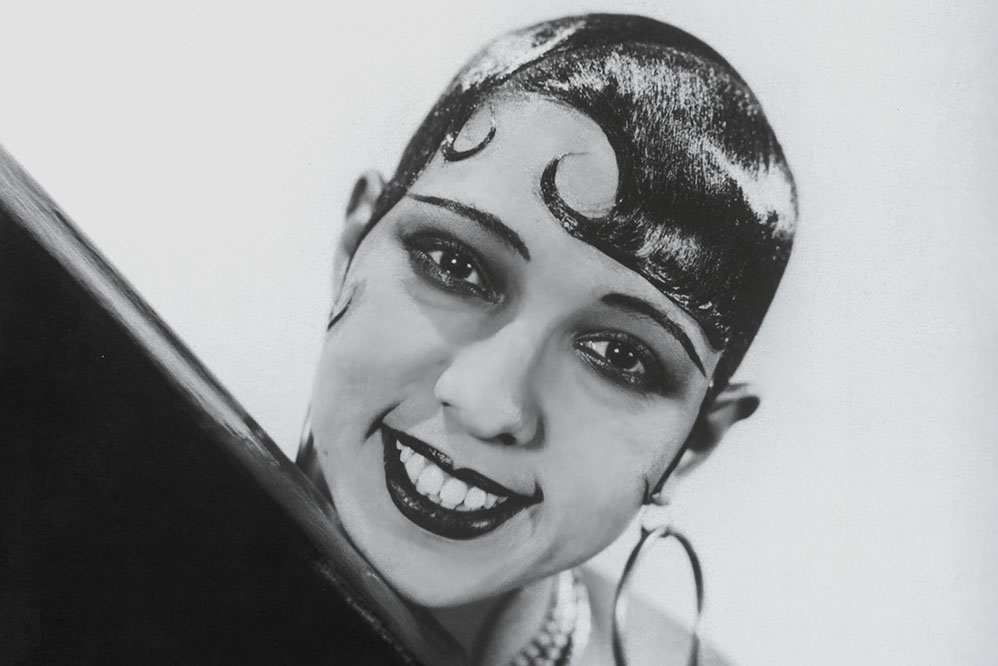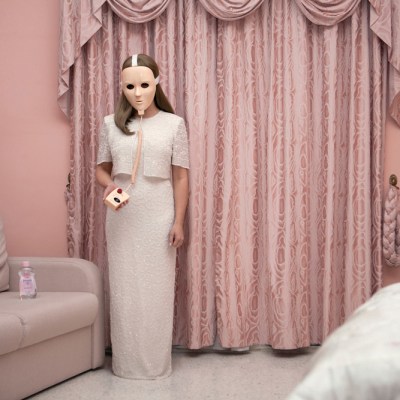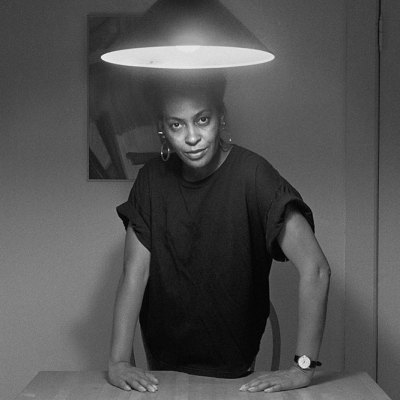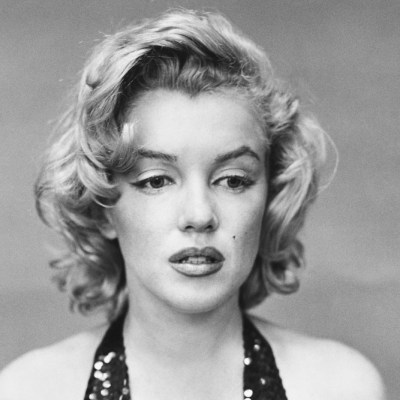For African Americans in the early 20th century, performance – off stage as well as on it – was key to survival. But for those Black Americans who were able to harness its potential to construct and subvert myths, nothing less than superstardom beckoned. Josephine Baker was one such artist, and an exhibition now at the Neue Nationalgalerie in Berlin reveals just how adept she was at playing with myths, spellbinding audiences in the process.
Born Freda Josephine McDonald to a teenage mother in St Louis, Missouri, in 1906, Baker grew up in extreme poverty and amid rampant, violent racism: she was 11 when she saw the East St Louis race riot kill dozens, and displace thousands, of Black Americans. By her teens she had resolved to leave the area; she began performing in vaudeville shows and eventually joined a travelling troupe. In New York she caught the eye of the impresario Caroline Dudley Reagan, who recruited the 19 year old for a European tour with a group of singers and dancers from Harlem known as La Revue Nègre.
The curators have taken this as their starting point for a show that is as cinematic as it is scholarly. Focusing as it does on Baker’s iconic screen presence, it makes sense that much of it comprises video exhibits: it functions as something of a living archive, where the public can see her speaking for herself and holding her own. One of the most arresting parts of the exhibition is visible upon entrance: Terri Francis’s video essay Josephine Baker Watches Herself (2023) is a compilation of Baker’s performances, including at the Folies Bergère in c. 1926–27, where we see grainy footage of a young Baker appearing in a sultry mise en scène. Hands on hips, she plays Fatou, a woman wearing a banana skirt, wriggling her body in an ersatz tropical landscape. In the background, shirtless Black men sit on the theatre floor, banging the drums as she rocks her waist from side to side. The effect is complex: as the critic Hanif Abdurraqib put it in his book A Little Devil in America: In Praise of Black Performance (2022), seeing these early performances was ‘to see someone taking the absurd stereotype and making it so absurd that it circled around to desire’.
Josephine Baker in Paris, 1927. Photo: © James Weldon Johnson Memorial Collection of Negro Arts and Letters, Yale University
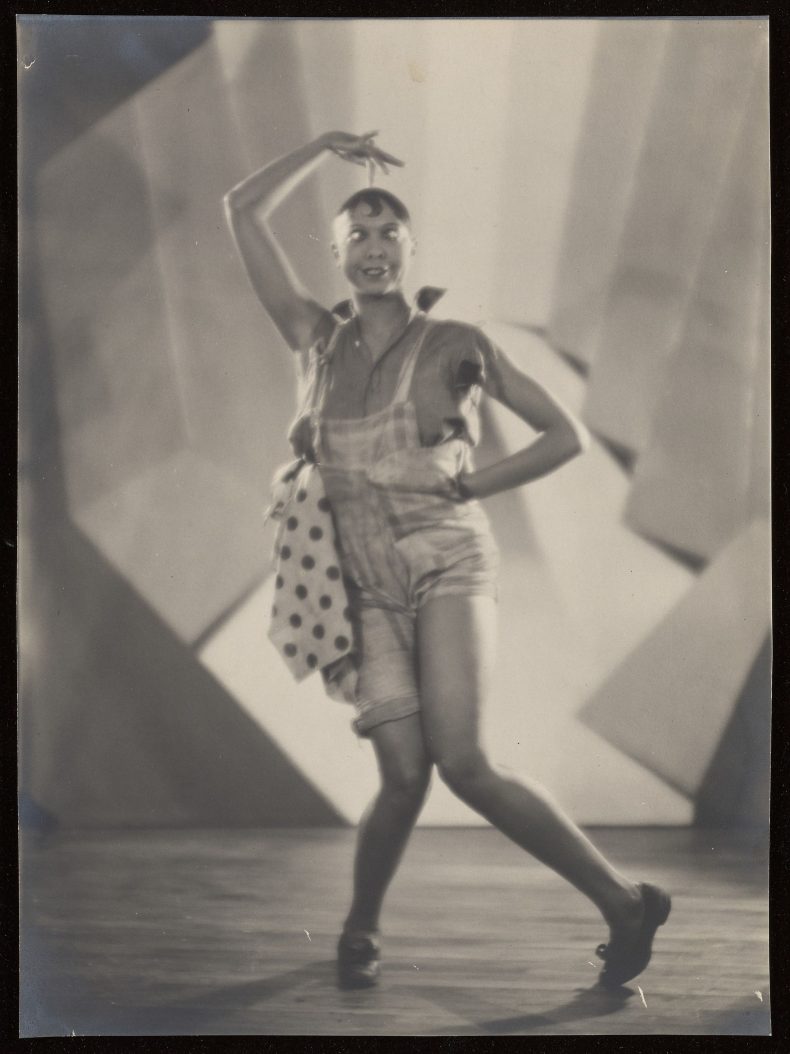
Through photographs taken by Karl Gustav Vollmoeller, the poet and patron who took several famous shots of Baker, we see her consciously beginning to craft a version of herself that was playing with Europeans’ carnal desires as early as 1926. But it’s the Folies Bergères performances that are the most forceful reminders of her ability to play with the droll and the primitive and use it to her advantage. Nicknamed the ‘Black Venus’, she starred in the box-office hit Siren of the Tropics (1927); shortly afterwards, she was appearing on billboards on the Champs-Élysées and having an affair with Le Corbusier. Kandis Williams, the artist who co-curated the exhibition, points to the importance of looking beyond ‘the image of Baker’s work’ and appreciating her ability to move within and between worlds.
It’s an apt lens through which to view her time as a spy for the French Resistance. When the Nazis invaded France and searched her home, she was hiding Resistance fighters in her basement. Knowing the officials would be captivated by her licentiousness, she distracted them through flirtation, deflecting them from the thorough raid they had in mind. As the critic Lauren Michele Jackson notes in a recent article in the New Yorker, ‘The racecraft of the day was bound to give rise to spycraft: all identities are impostures, and Baker had a chameleonic gift for moving among them.’
‘Icon in Motion’ also shows how Baker interacted with Black people around the world as she increasingly embraced public activism. We see her speaking with African American residents in Harlem in 1951 during a ceremony in her honour; as she glides through the neighbourhood, it is clear that the locals are aflutter. In 1958, as she travels to North Africa, she is reflective, regal and diplomatic. These recordings show that Baker was not simply a performer but someone directing her own image, in global Black communities as well as in white ones. Baker’s influence on the artistic world was and remains particularly strong among Black women, sometimes explicitly, as the exhibition shows: Simone Leigh’s Slipcover (2022–23), a display of porcelain bananas in flesh-tone colours, evokes Fatou’s skirt in the Folies Bergère years, the fruits appearing comically phallic.
Slipcover (2022–23), Simone Leigh. © the artist; courtesy Matthew Marks Gallery
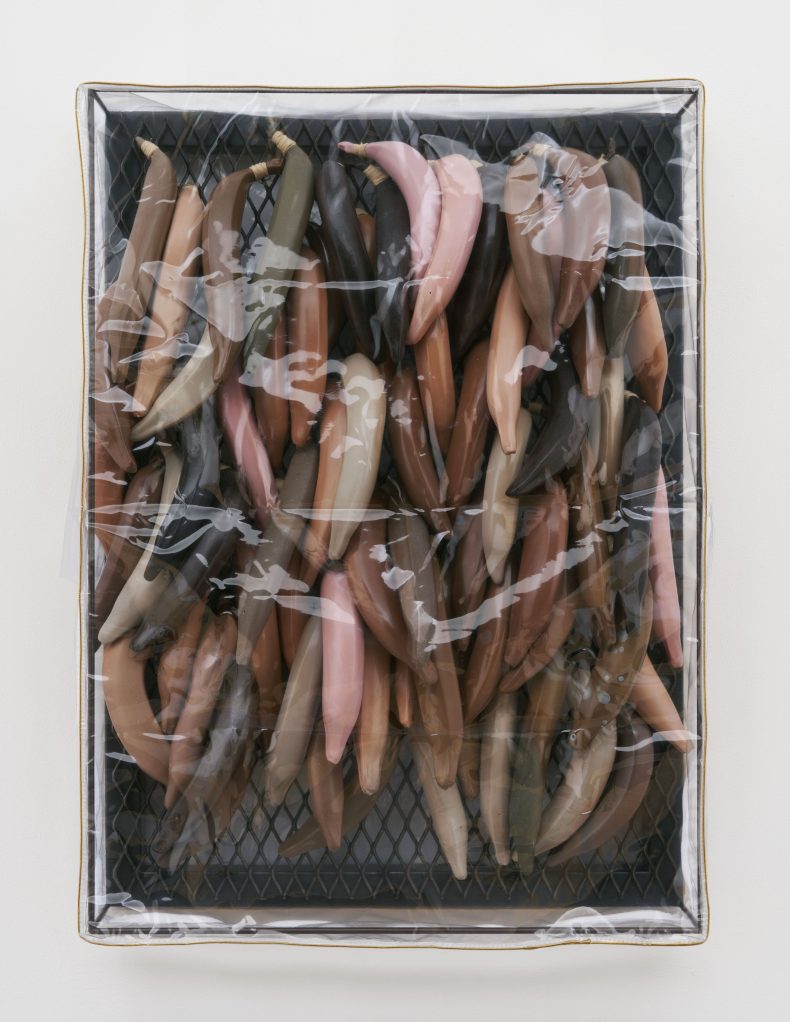
Baker operated in a different era, but many damaging stereotypes about Black people remain – including in Baker’s adopted home country of France. In 1931, six years after Baker had moved to Paris, the International Colonial Exhibition held in the city had French colonial subjects displayed nude or semi-nude in cages, akin to the human zoos of 19th-century Europe. In 2024, the phantoms of colourism and fetishism still linger in French policing. ‘Yesterday as today,’ Rokhaya Diallo has pointed out in L’Obs, ‘France cherishes Black Americans while subjecting its own nationals to 20 times more police checks when they are perceived as Arab or Black.’
With no shortage of commentary from scholars and critics, ‘Icon in Motion’ presents the complexity of Baker’s identity in stark contrast with the rudimentary nature of her early performances in Europe. But it is also about interrogating the stakes of performance – not just in art, but in life. Baker’s lifelong performance exposes Black women’s vulnerability in a world that was not only misogynistic but also full of racially reductive imagery. Can Black people in majority-white spaces in Europe defeat racism within a system built on exclusion? By insisting on gaining authority over her life, and being able to play more than one role, Baker provided an answer on her own terms.
Josephine Baker. Photo: George Hoyningen-Huene, 1929; © George Hoyningen-Huene Estate Archives
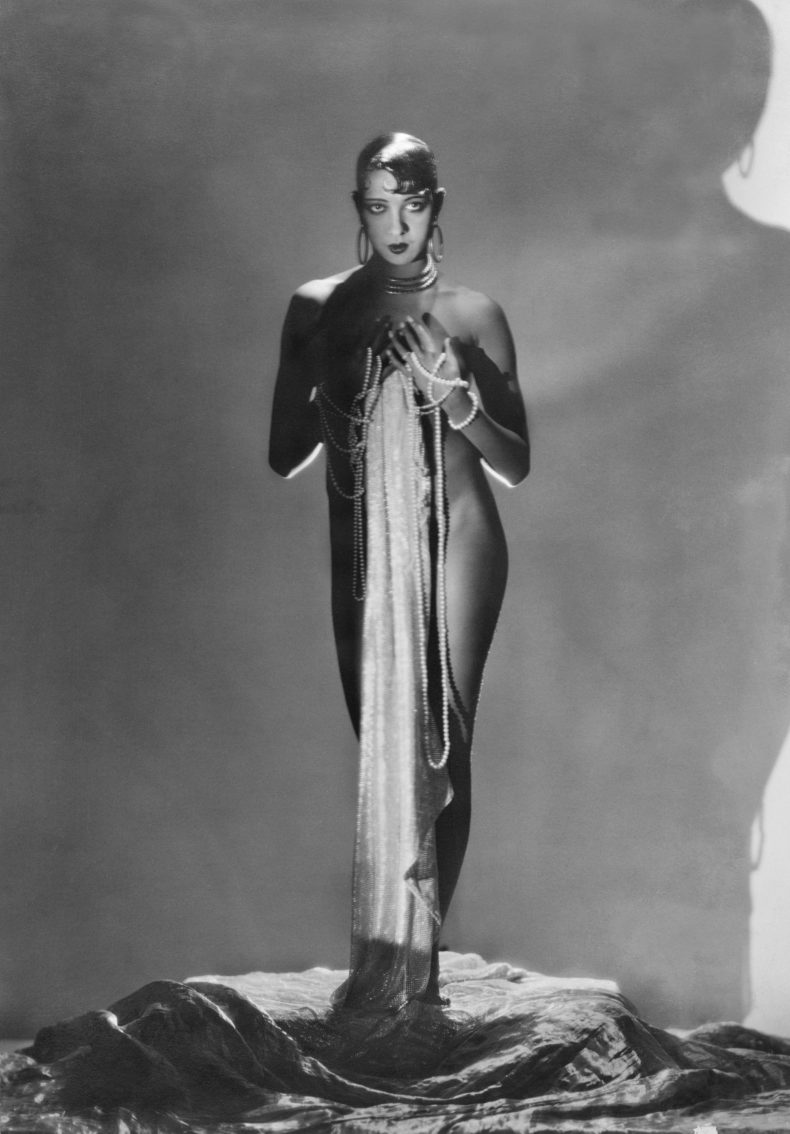
‘Icon in Motion’ is at the Neue Nationalgalerie in Berlin until 28 April.
